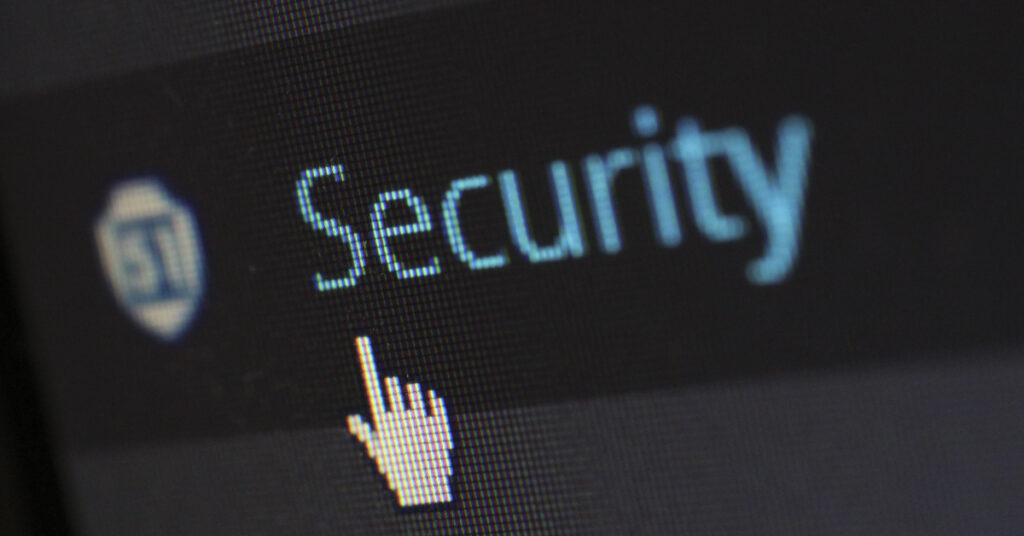The distributed nature of the remote workforce presents new and evolving challenges in keeping your company safe from phishing and ransomware attacks. Working from home expands the network perimeter, which increases the potential for vulnerabilities.
According to McAfee, the number of ransomware attacks grew by 118% in 2019.
In March 2020, according to VMWare’s Carbon Black, ransomware attacks skyrocketed by 148% as more people began remote work at home.
Remote Cyber Security Challenge #1: Home WiFi Security
A weak home WiFi security protocol is the first cybersecurity challenge for remote workers. Remote employees should have properly configured WiFi routers. For example, they should be utilizing the WPA, Wifi Protected Access protocol, and not the WEP, Wired Equivalent Privacy protocol.
Remote Cybersecurity Challenge #2: Password Security
Weak passwords are detrimental in and out of the office. Remote employees should adhere to guidelines, such as regularly changing passwords. Networks should enforce using strong passwords. Two-factor authentication can be utilized to further supplement password security.
Remote Cybersecurity Challenge #3: Phishing Emails
Email phishing is a major delivery method for ransomware attacks. Up to 67% of ransomware attacks are delivered via email (Statista). Preventing email phishing requires special training for all remote employees. Companies must cultivate continuous security awareness as a part of their culture where continuous internal offenders are trained and those that accel in recognizing phishing emails are recognized.
Additional Challenges in Remote Cybersecurity
These were just a few of the many challenges facing businesses when it comes to remote cybersecurity. See my answers to more questions from small business owners about remote cybersecurity.

